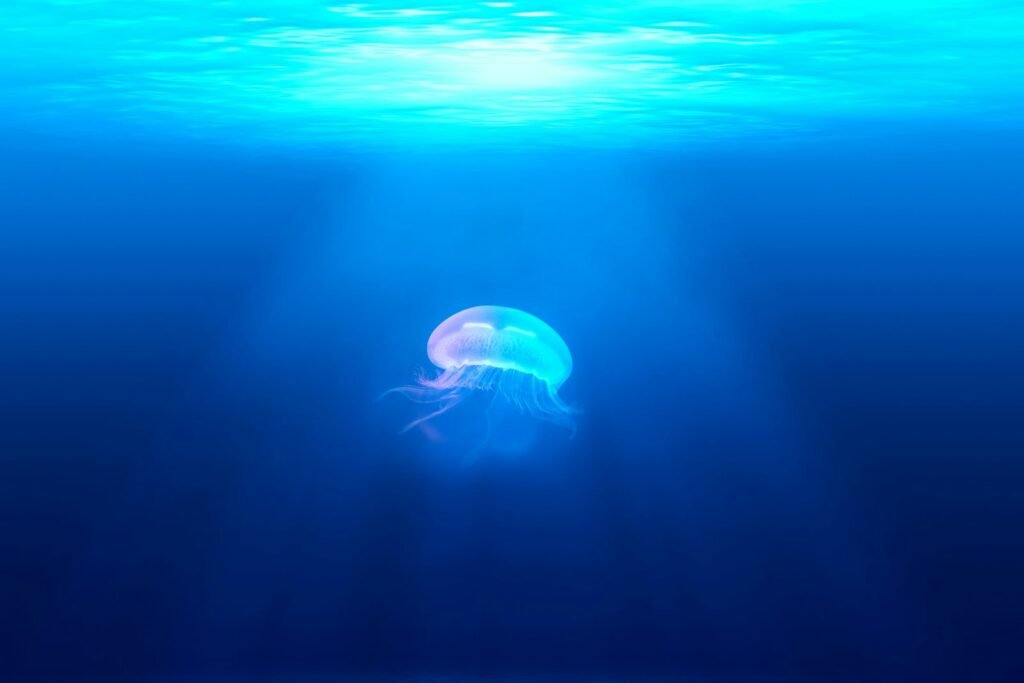It’s a fact so startling, it almost feels like a trick of the imagination: the loudest animal on Earth, relative to its tiny size, isn’t a roaring lion, a howling wolf, or even a trumpeting elephant. Instead, it’s a minuscule insect barely bigger than a grain of rice. Imagine something smaller than your pinky nail producing a sound so deafening—relative to its body—that, if scaled up, would drown out jet engines and thunderclaps. This is the story of the water boatman, a tiny aquatic bug whose superpowered song exposes the wild secrets of nature’s ingenuity and the unexpected ways creatures communicate. Let’s dive into the marvelous world of the loudest animal per body size, and discover how this tiny insect shatters the very limits of sound.
The Astonishing Champion: The Water Boatman
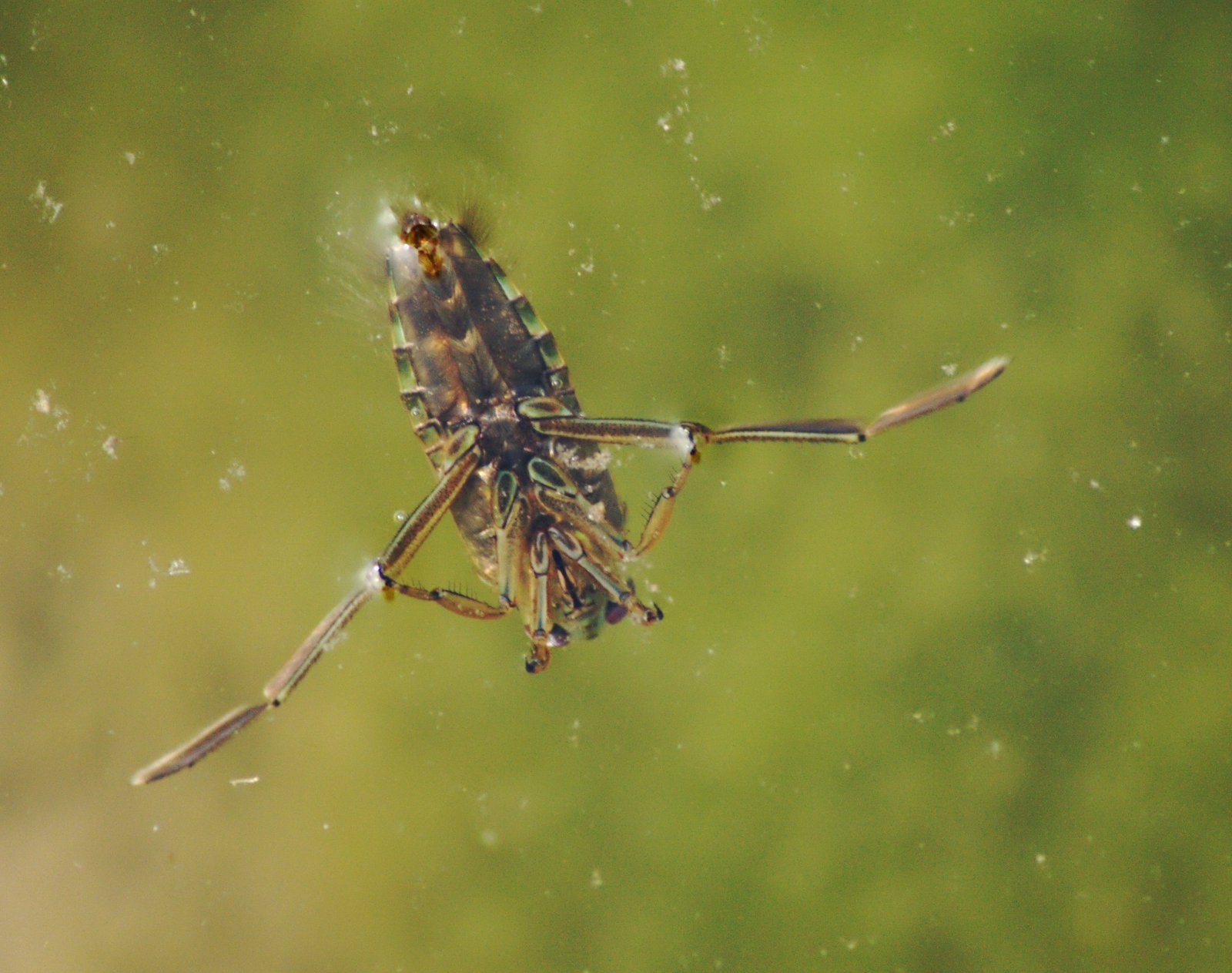
Meet the water boatman, specifically the species Micronecta scholtzi. Measuring just about 2 millimeters in length, this insect seems unremarkable at first glance. Yet, its claim to fame is nothing short of jaw-dropping. Scientists have recorded the male water boatman producing mating calls that reach approximately 99 decibels—a volume comparable to sitting in the front row at a rock concert. What makes this feat even more mind-boggling is the insect’s minuscule body, which means it’s generating more sound per gram than any other creature on the planet. The water boatman’s unique talent has earned it a legendary status in the animal kingdom.
The Science of Sound: Decibels and Scale
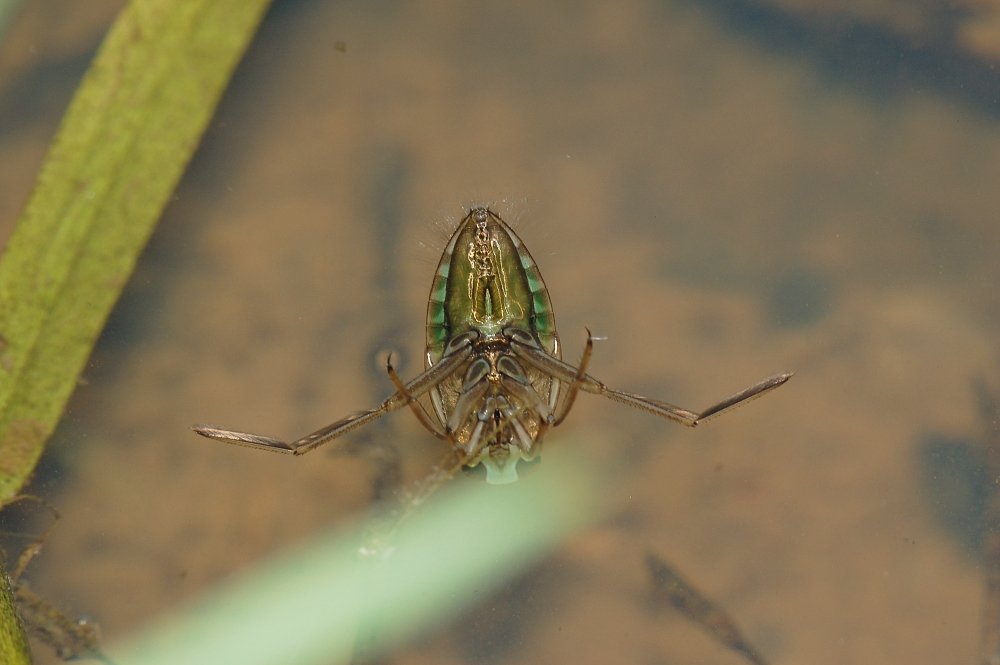
Understanding why the water boatman is so impressive requires a quick dive into how scientists measure sound. Sound intensity is measured in decibels (dB), a logarithmic scale where every increase of 10 dB means a tenfold jump in intensity. For a creature as small as the water boatman, producing 99 dB is nothing short of astonishing. If a human, scaled to the insect’s size, tried to shout as loudly, it would be physically impossible. This remarkable achievement is why scientists often use the ratio of sound volume to body size as the true measure of loudness, and by this metric, the water boatman is in a league of its own.
The Secret Technique: Stridulation Underwater
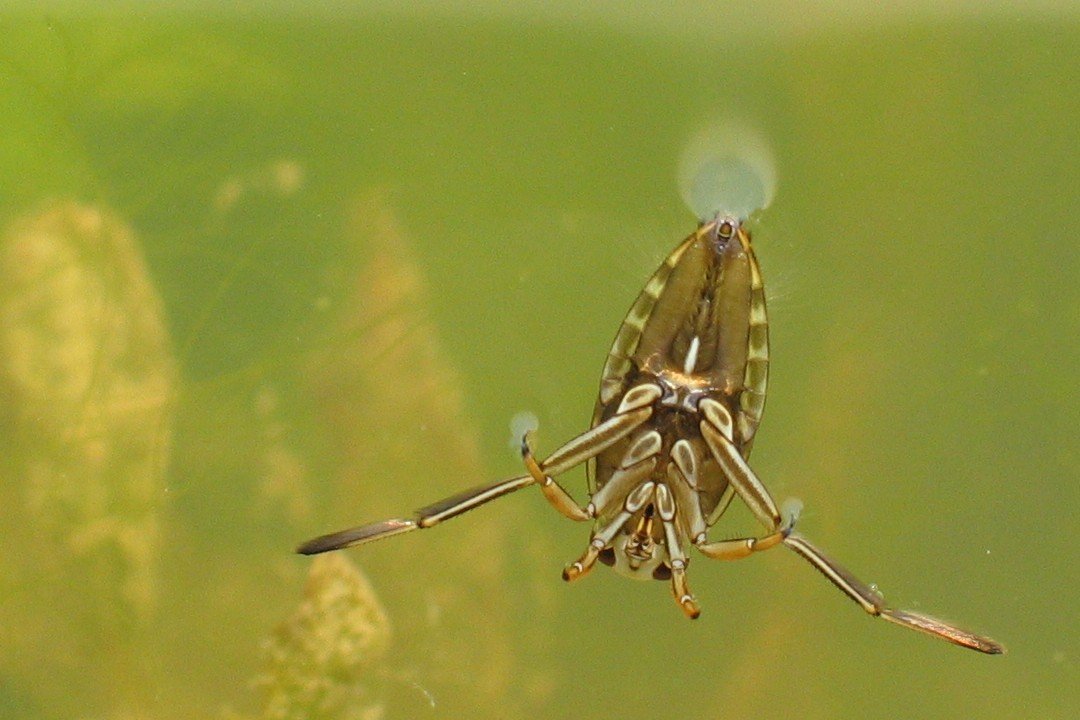
How does a bug so tiny create such a raucous noise? The answer lies in a bizarre and wonderfully inventive process called stridulation. The male water boatman rubs a ridge on its penis against its abdomen, creating rapid vibrations that resonate through the water. Unlike many insects that use their wings or legs to stridulate, this method is highly specialized and shockingly effective. The water amplifies the vibrations, allowing the sound to carry much further than it would in air. This unusual technique not only sets the water boatman apart from other insects but also demonstrates nature’s endless creativity.
Why So Loud? The Purpose Behind the Noise
All this noise isn’t just for fun. The male water boatman’s thunderous call is a desperate bid to attract a mate. In the murky underwater world where visibility is limited, sound becomes a lifeline for communication. The louder the call, the more likely it is to reach potential partners—and outcompete rival males. This high-stakes competition has driven the evolution of extreme vocalization, making volume a matter of survival and love. The noise may seem excessive to us, but for these insects, it’s the sound of success.
Record-Breaking Comparisons: Giants vs. Miniatures
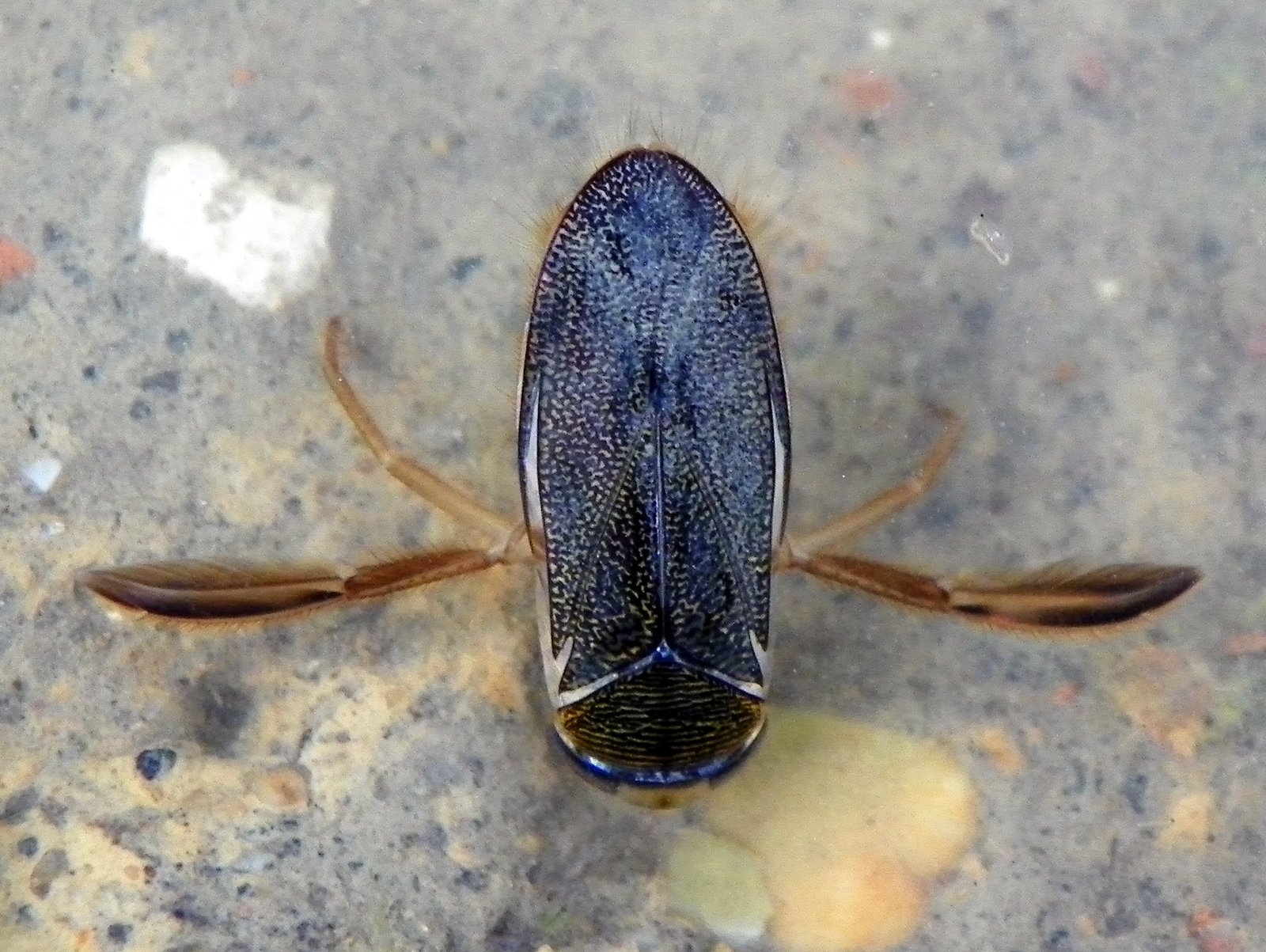
It’s tempting to think of loudness in absolute terms, but when body size is taken into account, the water boatman leaves much larger animals trailing in its wake. Elephants, blue whales, and lions are famous for their powerful calls, but none can match the water boatman’s noise-to-mass ratio. For example, a blue whale’s call can reach 188 dB, but when you consider its massive size, it’s nowhere near as efficient as the water boatman’s sound production. This remarkable contrast highlights just how exceptional the insect’s achievement really is.
Sound Underwater: Challenges and Wonders
Producing sound underwater is no easy feat. Water is denser than air, which means sound waves travel faster and farther but require more energy to produce. The water boatman’s ability to generate such a loud call in this challenging environment is a testament to its evolutionary brilliance. Its specialized body parts and resonating technique enable it to overcome the physical barriers that stymie other creatures. This adaptation is not just a marvel of biology—it’s a reminder of how nature solves problems in the most unexpected ways.
The Human Perspective: What If We Could Shout That Loud?
Let’s put things in a human context. If a person could produce the same sound intensity per gram of body weight as the water boatman, our voices would reach an ear-splitting 190 decibels—louder than a rocket launch. Such a sound would be unbearable, even dangerous, to our own ears and those around us. This thought experiment helps us appreciate just how extraordinary the water boatman’s feat is and why it stands as a scientific marvel.
Other Contenders: The Noisy Animal Kingdom
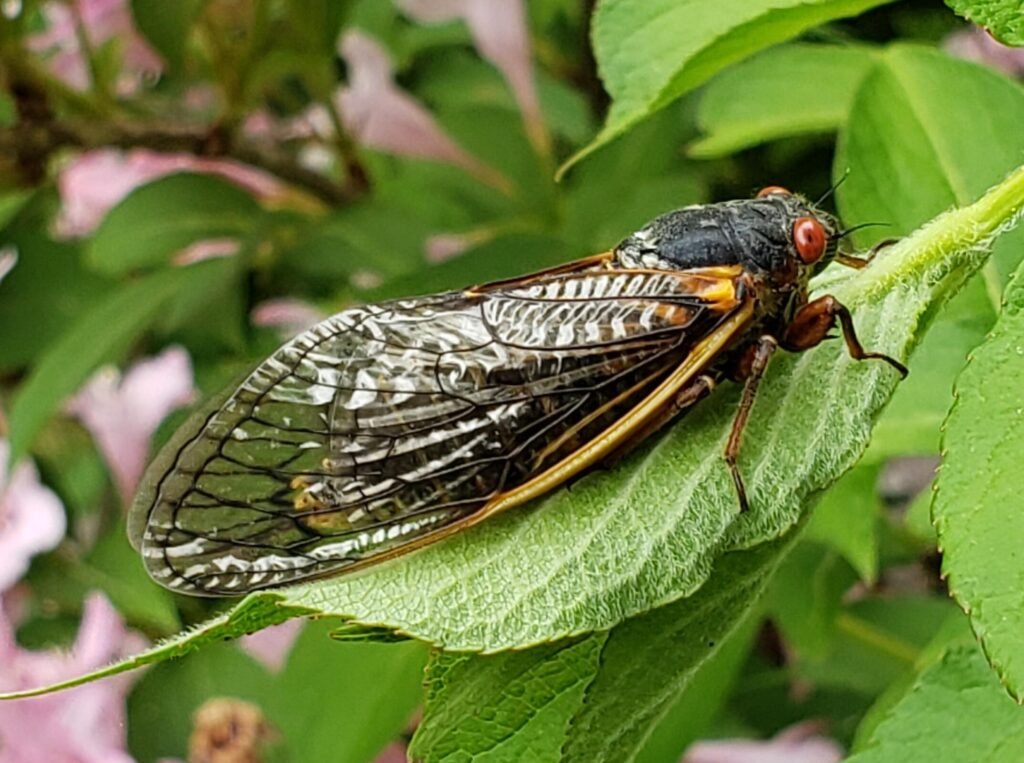
The animal kingdom is full of noisy creatures vying for attention. Cicadas, for instance, are famous for their summer serenades, sometimes reaching up to 120 decibels. Howler monkeys, wolves, and dolphins also communicate through loud vocalizations. However, when scientists normalize these sounds for body size, none come close to the water boatman. This comparison not only underscores the insect’s record but also reveals the diversity of ways animals use sound.
The Role of Sound in Survival and Reproduction
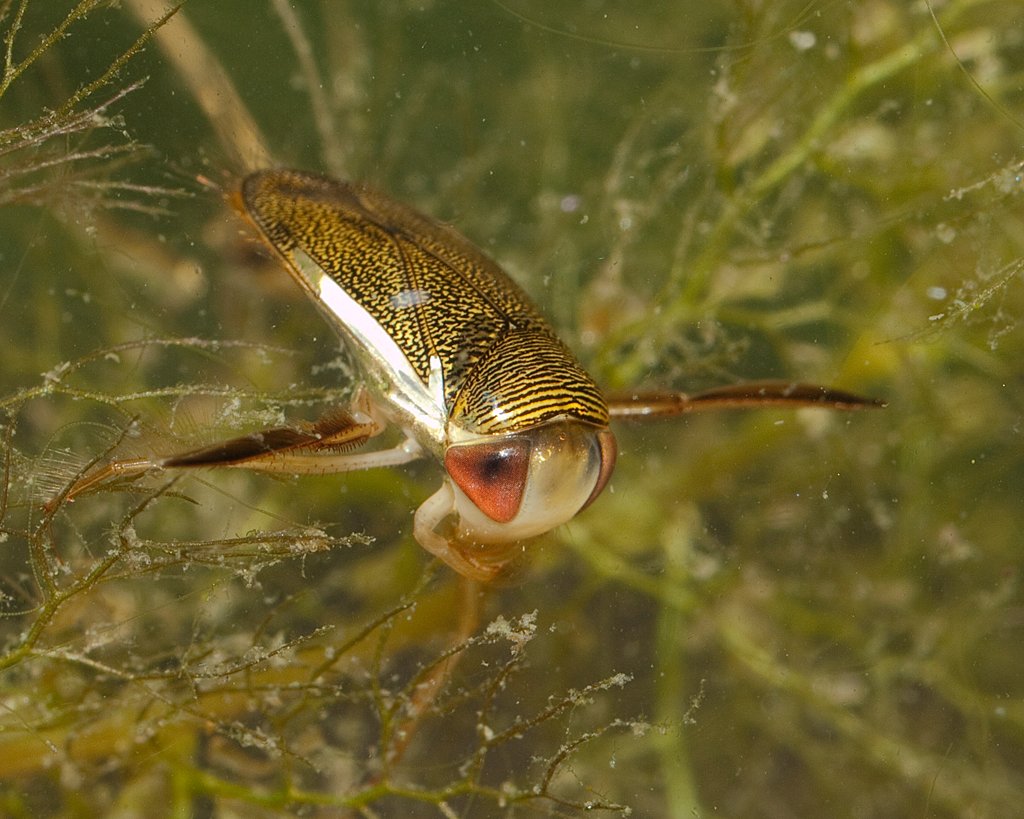
For many animals, sound is far more than just noise—it’s a crucial tool for survival. Whether it’s scaring off predators, staking out territory, or attracting mates, sound plays a vital role in daily life. The water boatman’s supercharged call perfectly illustrates how evolution can push a trait to its very limits when the stakes are high. This intense pressure has sculpted not just the insect’s anatomy but also its behavior, making sound a central part of its life strategy.
The Future of Research: What We Still Don’t Know
Despite the impressive research already conducted, many mysteries remain. Scientists are still unraveling exactly how the water boatman’s specialized stridulation works at the microscopic level. There is also growing interest in understanding how environmental changes, such as pollution or climate shifts, might affect these tiny noisemakers. Each new discovery adds another piece to the puzzle, deepening our appreciation for the complexity of sound in the natural world.
Nature’s Little Loudmouth: A Lasting Impression
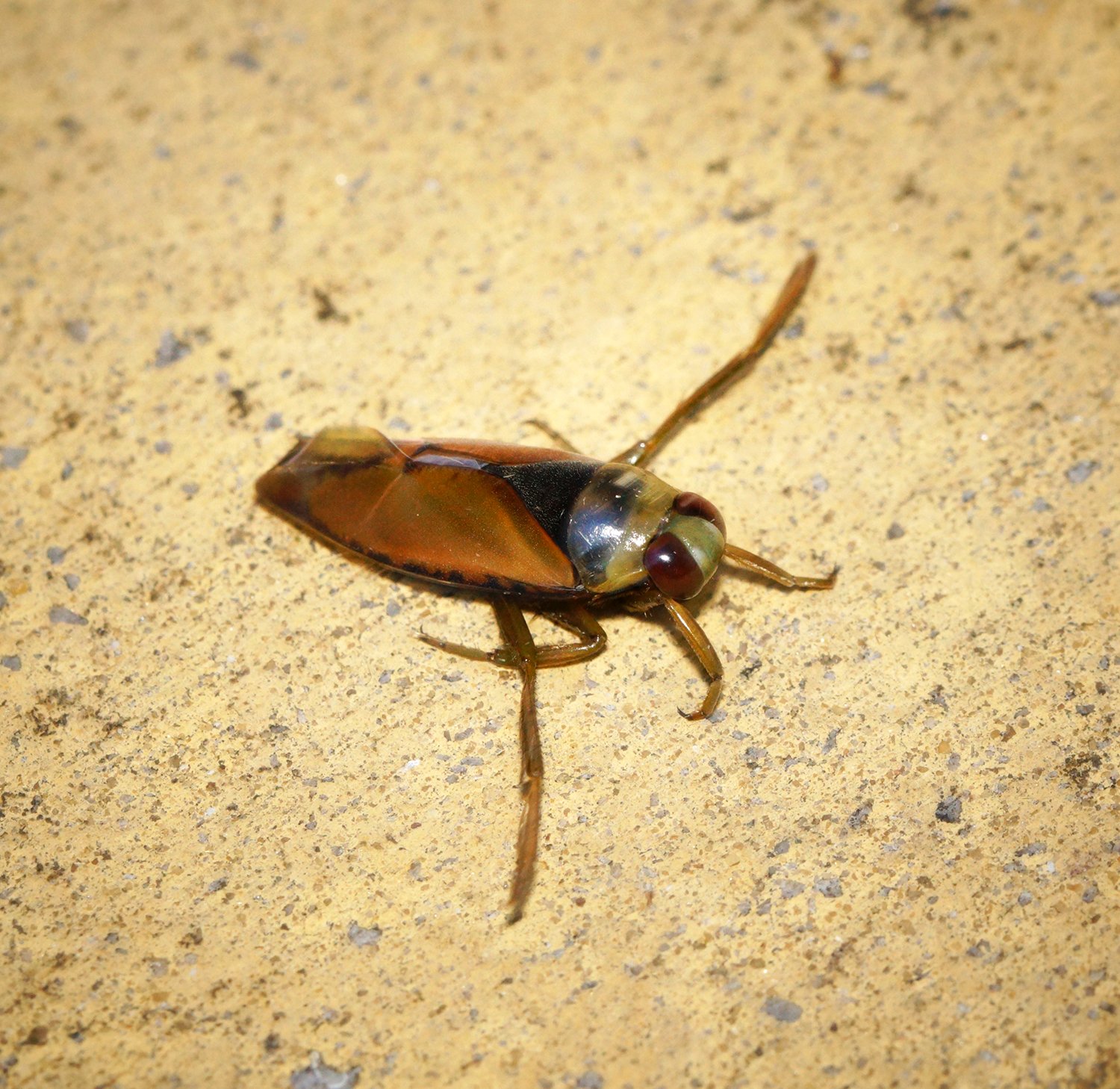
The story of the water boatman reminds us that the most astounding wonders often come in the smallest packages. This tiny insect, armed with a sound louder than many power tools, challenges us to rethink our assumptions about size, strength, and what it means to be heard. As you ponder the next chirp or buzz you hear in the wild, consider the extraordinary lengths some creatures go just to make their voices count. Isn’t it amazing how something so small can make such a huge impact?



